Top 5 Best Off Grid Water Systems & Solutions 🥇(April 2025)
Last Updated: 13 April 2025
In this article, we’re going to be discussing off-grid water systems & solutions that are available.
According to a government-backed study, severe water shortages are going to be a norm for millions of Americans in the coming decades. The rise in population and climate change are going to put a massive strain on almost half of 204 water basins that provide fresh water to Americans.
That’s a serious issue as it cannot be solved by methods that we already have. The US has enjoyed water stability since the 1980s because of reservoir construction and advancements in dams, tunneling and pipelines. These are methods that won’t come to our aid in averting the looming crisis.
Don’t take our word for it, NASA has recently predicted that we’re expecting a ‘Mega-Drought’. They’ve done this through natural observations and the use of AI and data processing.
That’s precisely the reason why 15 percent of Americans have taken matters into their own hands. These are people who no longer count on the government to supply them water. They have built their own off the grid water systems that provide them all the water they need and are enjoying off grid living. It’s time you do that too.
✅What is an Off Grid Water System?
Off grid water systems make you self-sufficient in the sense that you no longer have to rely on public utilities like the municipal water supply to meet your daily water requirements. They let you meet your water requirements on your own by letting you tap into water sources that you already have.
Some of these water sources are the ones that everyone is aware of. They include groundwater, rivers, ponds, streams, rainwater and dams. Others, like the Water Freedom System, are relatively less well-known. We’re going to shed light on both in this article.
💧What are the benefits of having an off grid water system?
Why would anyone want to go off-grid when the government is doing a pretty excellent job of supplying water to our taps? Here’s the answer to this question:
1. No more water shutoffs
The BBC couldn’t have put it any better when it stated in an article that water shutoff is a national phenomenon in the United States. Almost 15 million Americans are estimated to have their water-supply cut-off by the government annually.
Detroit alone shut off water to more than 100,000 households in the four-year period between 2014 and 2018. That left people at the receiving end facing the double whammy of impoverishment on one end and the absence of running water on the other.
2. Save on water bills
According to an estimate, an average US family spends pays $70 a month in water bills. That may seem to be an insignificant amount, but there’s a catch. The estimators assumed that a) every person in the household used less than 100 gallons of water, and b) there are less than 3 persons in household.
However, while the average household size of the US currently stands at just under 3, Pew Research Center has found out that it is increasing for the first time in over 160 years. That means that in the future, the family size will be bigger and so will be the amount on the water bill.
3. Smaller environment footprint
Some of you might hold the opinion that people who live off-the-grid have a medieval mindset. It turns out that the exact opposite is true. People who are self-sufficient in meeting their daily water needs do more for the environment than most of us.
Researchers estimate that the US loses 2.1 trillion gallons of water because of leaky and aging pipes, broken water mains and faulty meters every day. Those people who get their water off-the-grid have no part to play in this wastage. They, therefore, have a smaller environmental footprint.
4. More personal satisfaction
According to the American Psychological Association’s Stress Report, worries about work and money are two of the biggest causes of stress for the majority of Americans. Living off-the-grid might not help you that much on the former count, but it will undoubtedly come to your rescue on money matters.
Furthermore, once you start getting your water off grid water supply, you’d notice a sense of personal accomplishment that only comes once one is aware that they can solve their problems on their own. That feeling of being self-sufficient in meeting one of life’s crucial needs is priceless.
5. Easier installation
Provided you submit an application to connect your home’s water supply to the city’s pipeline, you’ll need to hire the service of professionals. These are people who know about what they do and they charge a fortune for the service they provide, as homeowners who have ever got a water-connection may testify.
In contrast, when you decide to go off the grid, all you need is a hands-on knowledge of standard tools. The entire process of installing an off-the-grid system and connecting it to your home’s water pipes is not that complicated and, therefore, won’t require you to pay big bucks to a professional.
🚰Where to find an off the grid water supply?
Following are the major sources of off the grid water supply:
1. Water Freedom System

Some of you might be thinking that we were going to start with rivers, lakes or a tiny pond. You were wrong. The best way to get water supply off the grid is not to rely on the sources on which every person who decides to go off the grid relies. They are too common and carry the risk of running out.
What you need is something that will keep on delivering clean and sparkling water hour after hour, day after day, year after year and (yes) decade after decade. That something should also be affordable, and its running cost should be way below than what you pay to the government in water bills. It should ideally be drought-proof as well. All these features are on offer with the Water Freedom System.
What is it?
It is an online program that teaches you a simple way using which you can build a device that will extract water from the air. You read that right: the Water Freedom System takes air, converts it into water and supplies it to your household.
Feels like we’re out of our mind? That the air that we breathe serves no purpose apart from sustaining life, regulating climate patterns, helping in combustion and moving the windmills? We’re going to let the US Environmental Protection Agency let you know that you’re misguided.
How does it work?
There are devices out there, known as atmospheric water generators (AWG), that extract water from ambient air. These devices follow the same four-step process that your air conditioner follows, with one difference. But first let’s look at the four steps that we talked about.
Atmospheric water generators have a built-in turbine to extract air from their surroundings. They then pass that air over a set of coils that contain a chilled refrigerant. This refrigerant converts air into condensate before sending the condensate into a filter that converts it into clean drinkable water.
That last step is where the Water Freedom System – as it works on the same prince as an Atmospheric water generator – differentiates from your air conditioner. While your air conditioner eliminates condensate outside, the Water Freedom System purifies it into potable water.
How much water does it produce daily?
Experts tell us that to stay healthy, we have to drink almost 3 liters of water every day. That is the bare minimum supply of clean water that you should be after if you live alone. Multiply it with the number of persons in your home to calculate your clean water needs if you live with your family.
Assume for a moment that you have ten persons in your home. Take that assumption one step ahead by thinking that each of you drinks as much water as the doctor has ordered. That would mean that your family needs 30 liters of potable water to stay hydrated. Anything less isn’t feasible.
You might find it good to know that the Water Freedom System churns out 8x as much water daily. This environment-friendly water generator is capable of producing as much as 60 gallons (227 liters) of potable water daily. That means it can supply clean water to your whole neighborhood.
Advantages
Here are the key benefits of using Water Freedom System:
Never run out of potable water
Scientists are unanimous in their assertion that there will come a time in the future when all sources of fresh water will either completely deplete or come under huge stress. Their assertion is based on facts and figures but there is one key water source they don’t mention. That source is air.
You will never find any researcher worth his salt claiming that we will ever run out of fresh air. Apply this fact to the context of Water Freedom System – because it converts air into water, and what that means is that with air remaining abundant, so will be the supply of your Water Freedom System-delivered water.
Easy to assemble
Once you go through the guide that details the step-by-step procedure of building the Water Freedom System, you’ll come to know that it is only the working mechanism of the system that is complex. There’s nothing in its installation procedure that any person with basic reading skills cannot follow and apply.
The whole process requires a small handful of materials and you only need about three hours to start and finish with the assembly. You’d have your very own atmospheric water generator up and running in less time than you realize.
Cost-effective
Calculate two types of costs beforehand as you’d be paying them for the off-the-grid water filter system. The first is the capital cost – the price of the items that you’ll need to extract water and supply it to your household. The second is the running and maintenance cost of the whole equipment.
The Water Freedom System smashes the ball out of the park on both counts. This unit costs less than $300 and has a per-liter running cost in pennies. That looks like a pittance once you compare it to the hundreds of dollars an average American family pays in water bills to the government every year.
Foolproof purchase
In case you still have your doubts about the effectiveness of this system, all of them should evaporate after you know that this off grid water system comes with a 60-day moneyback guarantee. You’ll be refunded your entire investment within the first two months of the purchase if you’re unsatisfied with the off grid water system.
To further sweeten the deal, its manufacturer provides unlimited lifetime support on the Water Filter System. This means you can email them any time you may have a question about the off grid water system and receive a prompt reply containing a solution to your problem.
On top of both these enticements, the purchase of this product will also land you access to the ‘Members Only Area.’ That is a potential goldmine of knowledge as more than 11,000 families are already using this off grid water system.. You’ll also get multiple books containing priceless information as a bonus with your purchase.
Disadvantages
Here are a few shortcomings of Water Freedom System:
Available in digital format only
To be honest, its availability in digital format doesn’t seem like a problem to us. You don’t have to go through pages and pages of paperwork just to find out how to fit the connection that will get this off the grid water system up and running. A mere search and scroll through its pages will do.
2. Well Water
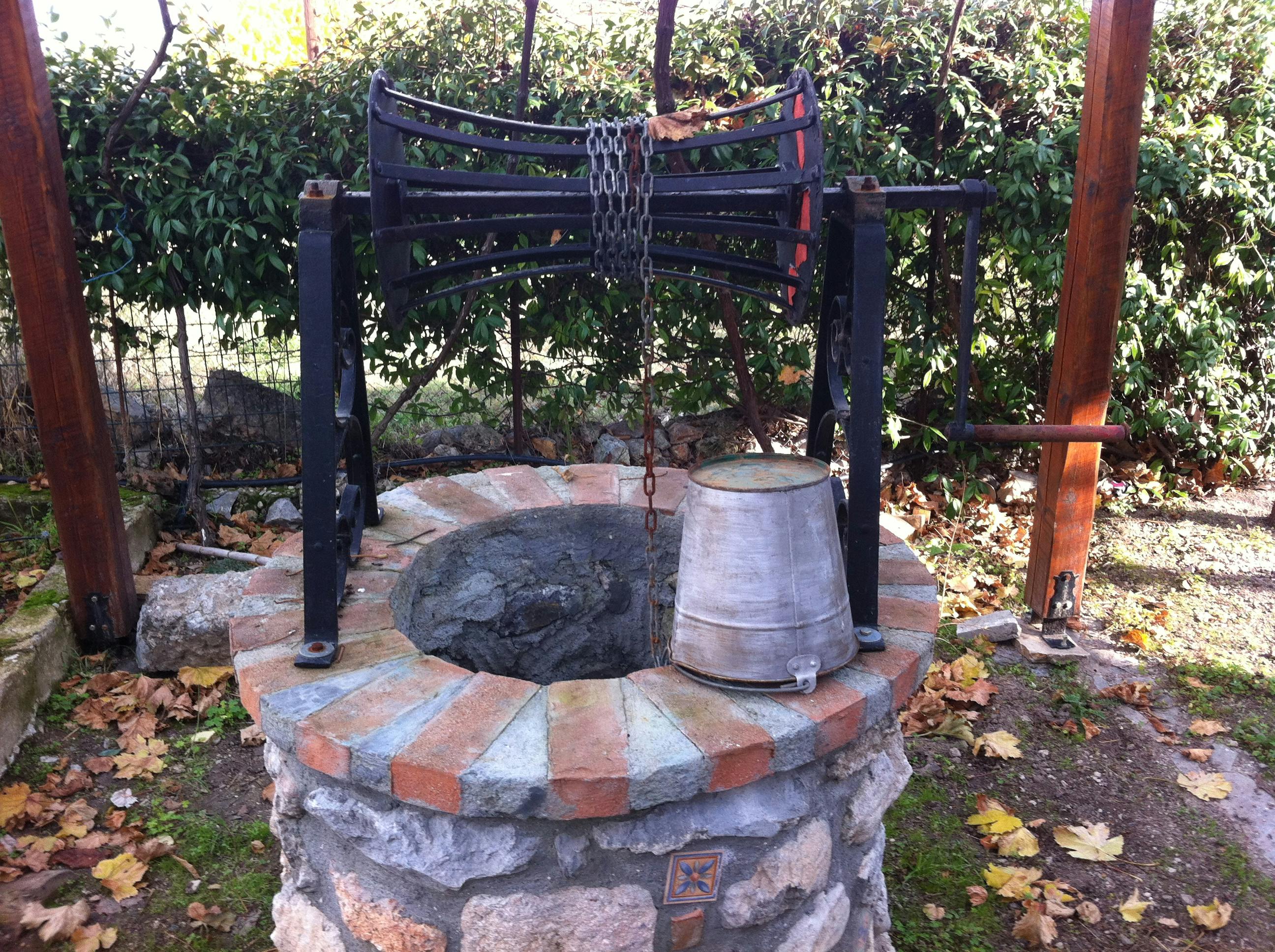
Wells were one of the most common sources of drinking water since the 1800s. It was only after the subsequent industrial revolution took hold and introduced people to other means of getting the water that more and more people started abandoning their wells.
Many properties around the United States still have well. You can gauge the veracity of this statement from EPA’s estimation that states that around 15 percent of Americans still tap well water for drinking purposes. These are persons who don’t rely on established plumbing systems to get potable water.
💧How to create an off-grid well water system?
To extract the water from your well and deliver it to your taps, you need two items: a submersible pump and a pressure tank. Both these items are essential to extract the water from your well, route it through the piping and make sure that it shows up when you open your tap.
When choosing the pump for your well, you’ll need to consider three factors. The first of those factors is the ‘Total Dynamic Head’ or the vertical distance that the pump must lift the water. For instance, if your pump is rated at 100 PSI, it will push the water to cover a vertical distance of 231’ above it.
The second factor, called ‘friction loss,’ is the slowing down of water as it runs through the piping. You can calculate it based on the size, length and type of piping. The last factor is the flow rate of water that you may want per minute.
Provided you live in a 2bed/2bath/1kitchen home, and there’s no plantation to water in your home, the flow rate of 10 to 12 Gallons/minute will be more than enough. Conversely, if you’re the owner of a large mansion with huge landscaping, you may want as much as 100 gallons of water/minute.
Advantages
Here are the key benefits of using well water:
Aid in weight loss
The public water supplies may contain fluoride that aids in weight gain and hurts our brain functions. Provided your well water is free of any chemicals, it will, therefore, help you trim down your waistline and increase your cognitive skills.
Contains beneficent minerals
The bottled water that you purchase from your local store is free of any minerals and, therefore, cannot provide you with the benefits that minerals provide to your body. Well water may contain trace minerals that you can recognize from their flavor and that are beneficial to your body.
More nutritious than municipal water
Experts tell us that 1-cup serving of average well water contains more nutrients than that of municipal tap water. Both of them have the same amount of calcium and magnesium, but it is the amount of sodium where well water carries the day.
Disadvantages
Here are the key drawbacks of using well water:
It may be contaminated
One of the reasons experts warn against drinking well water is because it can be a hotbed of a wide range of contaminants including chemicals (phosphate, nitrates), toxic elements (lead, mercury, arsenic) and bacteria (Iron bacteria), fertilizers, and pesticides.
Furthermore, what goes down the drain in your home may also end up in the well via seeping. It is for this reason that we recommend you should have your well water tested by a professional before selecting it as the source of potable water for your household.
Costly to keep going
Provided you want to be on the safe side with well water, you’d have to a) get it professionally tested at least once every year b) have your well system inspected annually by a certified well contractor c) purchase a septic system and d) have it inspected by a certified septic system operator regularly.
You can guess by merely looking at them that these regular tests will cost you a lot of money and that too repeatedly. Throw into the mix the time you’d spend with these inspectors as they do their job, and you’d have to set aside a few hours every time you invite them for a visit.
Requires a water treatment system
Well water is seldom so pure that you can drink it straight away without any treatment. That means you’d need to install a water filtration system that could help the well-water get rid of impurities. The filter won’t only be costly, but it will also require you to replace its cartridges regularly, depending on how much water you’re going to use daily.
3. Springs
Similar to the onw that is packaged in sparkling bottles, spring water is also filtered. There is, however, a major difference between both. While companies filter the groundwater they have extracted using off grid water pumps using various manmade mechanisms, it is Mother Earth that filters spring water.
The spring water moves through cracks and fissures in the earth’s surface that help it get rid of harmful substances as the water continues on its tireless journey. It is for this reason that people who have a spring flowing near their land prefer their water over that of any other water source.
🚰How to create an off-grid spring water system?
Creating an off-the-grid spring water system is extremely easy. All you have to do is to add pipes that take water from the spring and divert it into your off grid water tank. There’s no need for any pressure tank or submersible water pump as the water’s built-in pressure will be enough to nudge it towards the storage tank and, by extension, your tap.
Advantages
Here are the key benefits of using spring water:
Naturally alkaline
Most spring water is naturally alkaline and therefore provides plenty of benefits. They include slowing down the aging process, prevent various chronic diseases from rearing their ugly head and regulating our body’s pH levels. It may also prove to be beneficial for people who suffer from diabetes, high cholesterol and high blood pressure.
Pre-filtered
Some of the clever water selling companies now source their water from springs. They know that this practice will save them the cost that they’d otherwise have to spend on water filtration equipment as spring water is pre-filtered as it makes its way through the nooks and crevices of the earth.
Drawbacks
Here are the key drawbacks of using spring water:
Not readily available
As long as you don’t live in the northern areas or have the extreme luck of a spring running near your property, there’s no way you can make springs your primary source of potable water without laying pipelines and investing in hundreds of pumps to deliver the water from spring to your household.
Susceptible to environmental factors
Remember the main reason you are going off-the-grid? That’s right; to make sure you and your family keep getting water in drought-like conditions. That is not going to happen if you depend on springs as they will simply cease flowing in similar conditions.
Requires filtration
While it’s true that Mother Earth filters spring water, it’s also true that the level of filtration may not be enough to make spring water safe for drinking purposes. So you might have to need a water filtration system alongside other equipment that you need install to deliver spring water to your home.
4. Rain Water
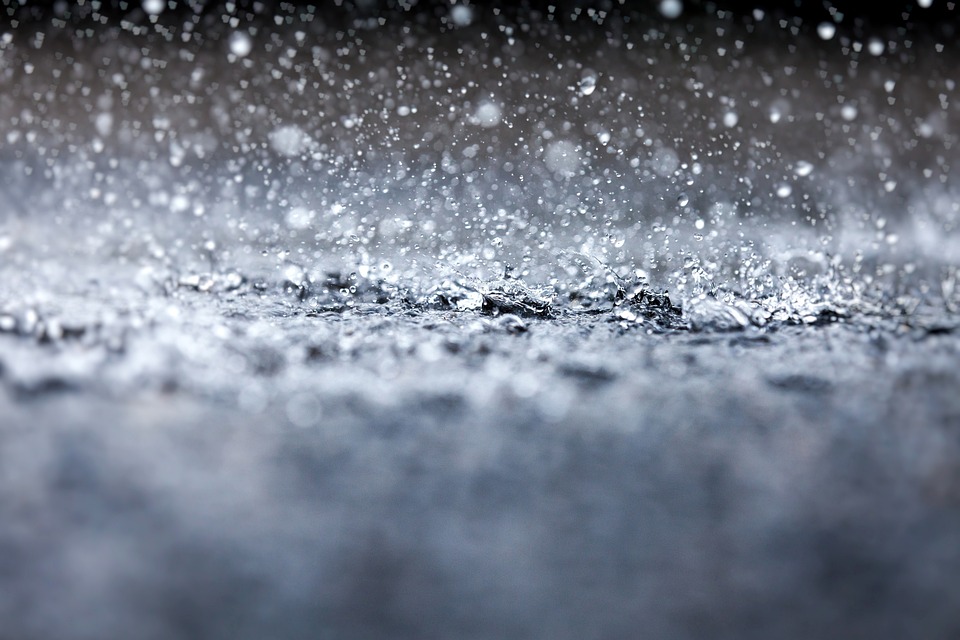
Provided you live in an area that receives excessive precipitation round the year, you can turn to rainfall as your primary source of potable water. It is one of the natural sources you’ll ever find and is absolutely free, at least to collect.
How to create an off-grid rainwater system?
You’d need to build a rainwater collection system to divert the rainwater you may have collected on your roof to your water storage tank. The square foot of roof space that you have at your disposal will be crucial in building the system.
For example, if you have one square foot of roof space, you’ll be able to collect 0.623 gallons of water per inch of rainfall. Check out the amount of rainfall your area typically receives in a year and then use this formula to find out how much rainwater you can collect in a year:
Yearly collection of rainwater (in gallons) = Sq. Ft. of space available for collecting rainwater X inches of rainfall per year.
Once you have the catchment system in place, all that is left is a barrel designed to collect the water that the system sends downward and a pump that will send that water to your tap (as well as the necessary piping). You can use multiple barrels if you’re going to store a large quantity of water.
Tip: If you want to be on the safe side, filter rainwater before drinking it.
Advantages
Here are the key benefits of drinking rainwater:
It’s absolutely free
Unless you’re going to organize Olympics, you have no reason to seed clouds to create a downpour. China followed this method ahead of the 2008 Beijing Olympics to keep the main stadium where the opening ceremony was going to be held dry by creating artificial rain elsewhere. This process involved firing rockets filled with silver iodide crystals into rain clouds. Needless to say that you won’t be doing it.
Promotes healthy hair and skin
As long as rainwater lacks minerals, its semi-acidic pH and gentle nature make it ideal to repair the natural moisture in our skin. It also makes it beneficial to our hair, whose growth goes north when we start drinking rain water.
Disadvantages
Here are the key benefits of using rainwater:
Rain may be acidic
National Geographic informs us that acid rain describes that precipitation that is choke-full of sulfuric acids and nitric acids. The main reason why it downpours is that the emissions that our coal-burning power plants, gasoline-powered automobiles and factories send into the atmosphere.
Requires frequent testing
Do you test your bottled water every time you open its cap? Well, that’s what you’d have to do with rainwater every time it rains. That’s because you never know which of the upcoming precipitation might be the dreaded Acid Rain we talked about in the previous paragraph.
Not hundred percent reliable
Manmade global warming has made weather and climate patterns erratic. Some areas that received frequent rainfall in one part of the year are now scorched by the UV rays in the same period. Others that enjoyed sunny days during the same period now have to take cover from rain in the same.
5. Natural Rivers, Streams and Ponds
Ever since the dawn of the Neolithic age or perhaps even earlier, homo sapiens have been diverting water from natural rivers for their everyday usage. Running water is mostly safe and is always abundant to meet the needs of the nearby households for decades to come.
How to create an off-grid river water system?
Follow the same procedure to create an off-grid river water system as you’d do to create one to tap spring water. However, let us remind you that tapping river water is illegal in most countries. So we do not condone this practice.
Advantages
Here are the key benefits of drinking water from natural rivers, streams and ponds:
It allegedly contains more minerals
Proponents of raw water claim that since it contains an excessive amount of minerals when compared with your tap or purified water. As a result, they claim that if you drink raw water regularly, it would be enriching for your health, even without any off grid water purification system
It allegedly contains more probiotics
The scientific community tells us that probiotics are better for our body as they boost our immune system, making it stronger in the face of infections. Whether or not raw water contains them, however, is a matter on which the jury is still out.
Disadvantages
Here are the drawbacks of drinking raw water:
It is illegal in most countries to tap river water
Unless you live in no man’s land, there’s a very good chance that your government has made it illegal to rely on raw water as a source of water.
Most Western countries have statutes known as Appropriative Water Rights that give them the power to determine who can use raw water. They have used this power to make it illegal for property owners to draw water from a river, stream or any other naturally occurring source.
It might contain too much fluoride
Those who drink raw water cite the oft-quoted assertion that it contains more fluoride than your regular tap water. This fact is a double-edged sword as while fluoride does have some beneficial impacts, ingesting too much fluoride might cause fluorosis. The prevention of this problem is perhaps what convinced the US Environmental Protection Agency to set an upper limit of fluoride in drinking water.
It might harm people with weak immune function
All of us know that raw water is untreated at any point along its journey. Yet few of us contemplate the ill-effects drinking that water can have on our body. Researchers have found that people with weak immune function can suffer from an illness from drinking untreated water.
6. Buying and Storing Water
Some of you might have raised an eye on seeing buying and storing water as an option. That’s because this practice is against the spirit of off the grid living. You are merely swapping the government-laid water pipelines for municipality-delivered water tankers. We do not recommend it.
Advantages
Here are the key benefits of buying and storing water:
Store as much water as you can
Ever wanted to act on the adage you read in high school by saving something ‘for the rainy day’? You could do exactly that when you buy and store water. The only limits to the amount of water you can buy and the store are the money in your wallet and the size of your off grid water storage tank.
Disadvantages
Here are the drawbacks of buying and storing water:
Against the spirit of living off the grid
All of us know that the water that the municipality delivers in its tankers to our doorstep isn’t sourced from any of the options listed above. They merely park their tanker near a government-operated water pump and fill it to capacity with a pipe. That means that if you’re going to exercise this option, you’ll be acting against the spirit of living off grid
Might be a huge hassle
If you don’t get your water from tankers and go to town to purchase it, you will end up facing a double whammy. On the one hand, you’ll have to set aside time from your daily or bi-daily routine to go to town and get water. On the other hand, you’d have to gather as many utensils as you can find in your home to make sure that you come back with an abundant amount of water.
FAQs and Answers
Q: Where can I store water?
A: You can always use a barrel to store water, but they are a hassle to move around. A food-grade IBC tank is a much better choice for multiple specific reasons. These tanks are extremely sturdy and will, therefore, last years on proper care.
They are sloped at the bottom to make sure you get every last drop of the water you’ve paid for. They also have a removable lid on the top, and the entire structure is housed in an aluminum casing to ensure easy loading and unloading. Their square-shape makes fitting these tanks on the bed of your trailer or truck a cinch.
Q: How to transport water from source to tank?
A: There are two options for you to transport your water from source to tank. First, you might want to check with your local administration as to whether they offer water delivery. Most of them would offer water delivery service at fairly affordable rates as long as you don’t live in a far-flung area.
In that case, you might have no other choice but to hail in your own water. You’d need a truck or a trailer to carry the water-filled-tank from source to your home.
Q: How to calculate the size of the cistern tank?
A: You’ll need to consider these factors to calculate the size of your cistern tank:
1. Daily Water Consumption
How much water do you use on a daily basis? Calculate that amount and multiply it with the days of storage that you ideally want to calculate the size of your cistern tank.
For instance, if you use 20 gallons a day and looking for seven days of reserve storage, you might want to invest in a tank that could hold 1400 gallons.
2. Tank’s Intended Location
Where do you intend to store your tank? Provided you intend to park it in attic or loft, the space on offer might not allow you to get a tank larger than 25 to 55 gallons.
On the flip side, if space isn’t outdoors, an issue or you’re going to place the tank, there are models out there that can store as much as 2400 gallons of water.
Q: How to calculate pressure water tank size?
A: Use the following formula to calculate the pressure water tank’s size:
Tank Drawdown = Flow rate x Runtime
Here’s what all these factors mean:
Tank Drawdown: Some of you might confuse your tank’s drawdown for its volume. That isn’t the case. A tank’s drawdown is the amount of water it stores between shutting off and restarting.
Flow rate: You don’t need to calculate the flow rate of your off grid water pump. It will already be provided by its manufacturer in gallons per minute (GPM). Just go through your pump’s user-guide or instruction manual to find it.
Runtime: How many hours are you going to use water per day? Determine the water consumption of every appliance in your home that use water and then add all of them to calculate the runtime.
Once you have used this formula to calculate the drawdown, this chart might come handy to help you determine the PSI setting in relation to the size of your cistern tank.
Q: How to filter and purify the water?
A: Here’s a handy guide using which you can purify water on your own and build off grid water filtration system. It contains everything you need to know to remove contaminants from your water by bulding your own off grid water purification systems. The methods given in this guide are as handy in the wilderness as they are in a centrally air-conditioned home.
Conclusion
Since you have come this far, it means that you’ve the required knowledge using which you can build an off grid water system on your own. It also means that having weighed the pros and cons of methods given above, you’d have deduced that the Water Freedom System is by far the best off grid water system.
Apart from being a one-time solution to all your potable water needs, it is a cost-effective solution and is a cinch to assemble. The unit also delivers more water in a day than an average household can consume in a week. What more can you ask for!





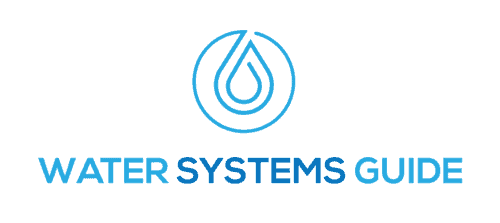
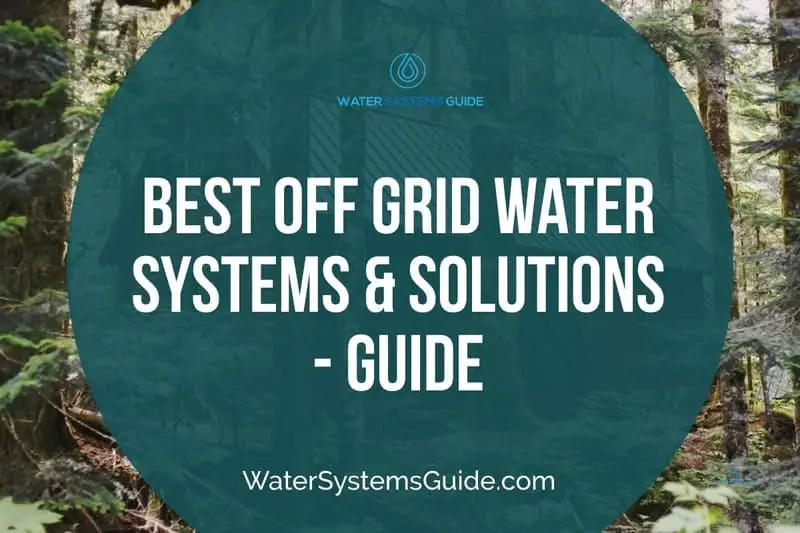
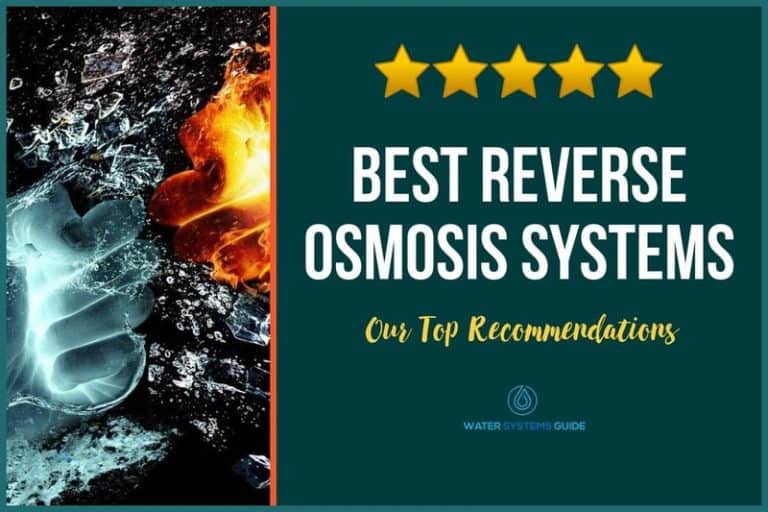

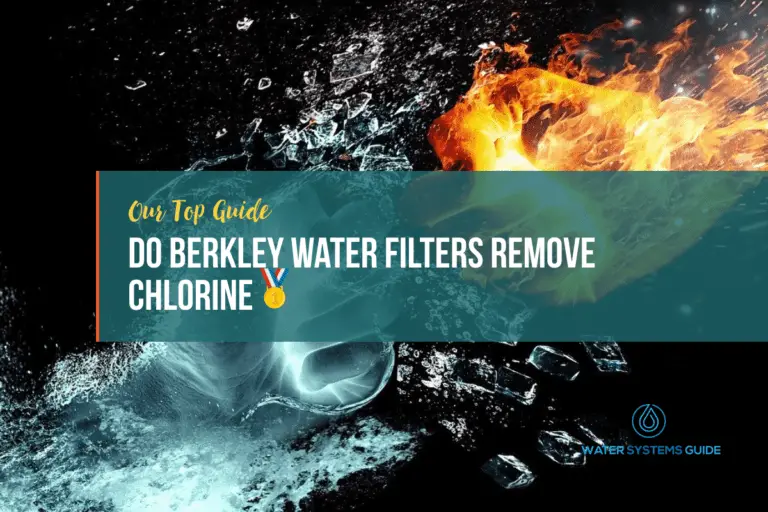
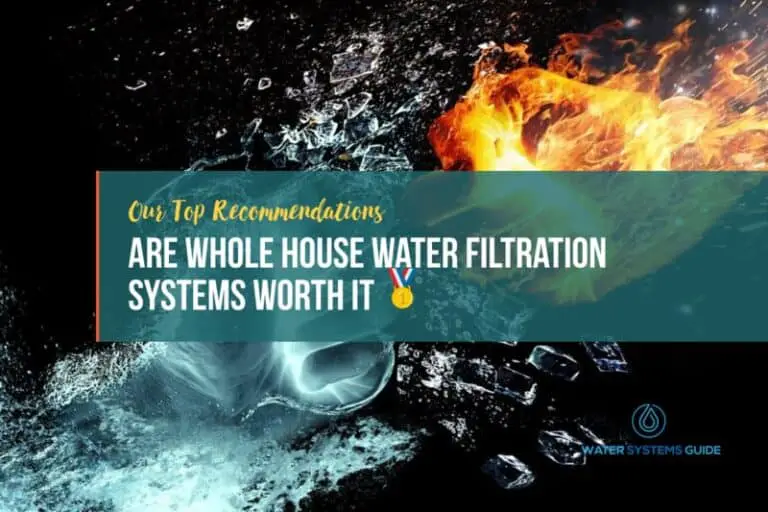
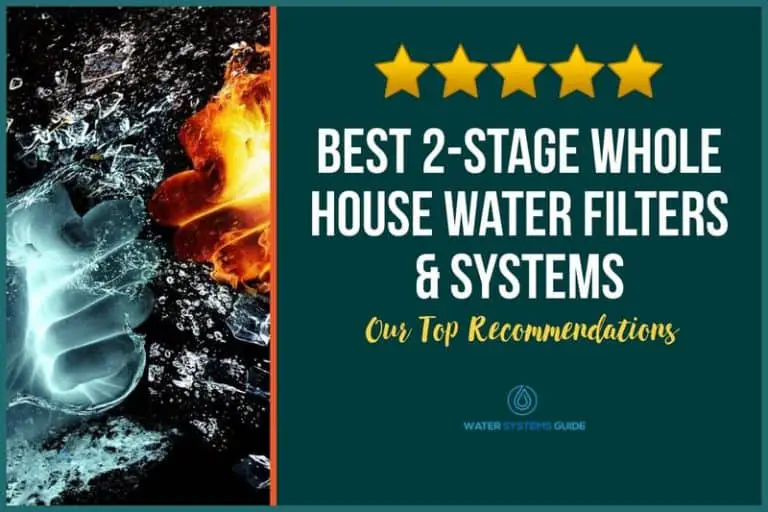
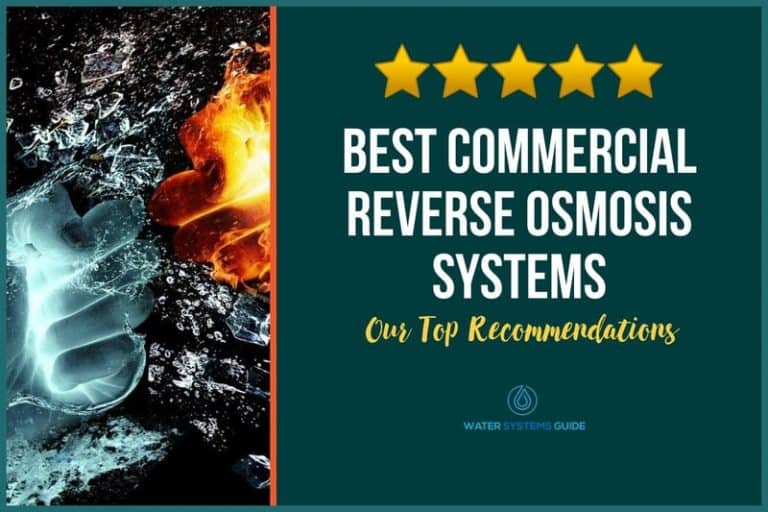
Here offers a wide selection of decorative timepieces for every room.
You can browse modern and vintage styles to fit your apartment.
Each piece is hand-picked for its craftsmanship and reliable performance.
Whether you’re decorating a functional kitchen, there’s always a fitting clock waiting for you.
blue digital alarm clocks
The shop is regularly refreshed with exclusive releases.
We prioritize customer satisfaction, so your order is always in professional processing.
Start your journey to perfect timing with just a few clicks.